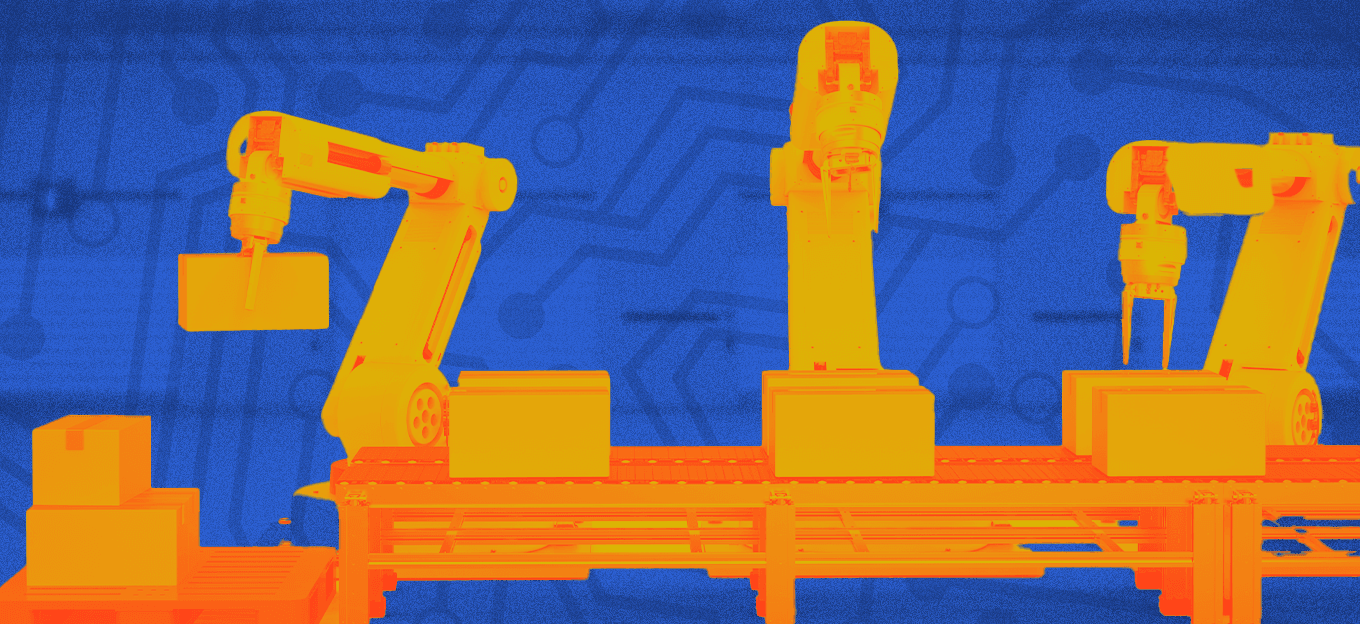4 Promising IoT Applications in Agriculture
4 Promising IoT Applications in Agriculture
- Last Updated: December 2, 2024
Reilly Dunn
- Last Updated: December 2, 2024



As we begin 2019, it’s exciting to reflect on all the Internet of Things—IoT—industry changes that occurred in 2018 and the trends that lay ahead in 2019. Many industries have been and will continue to be affected by the growth and maturation of IoT—school campuses will be safer, cars will be smarter, and homes will be sleeker and more intuitive, and businesses will deliver more value more efficiently.
However, as highlighted by President of IoT Solutions at AT&T Chris Penrose, the industry leading the real charge in practical IoT applications may surprise you: agriculture and farming.
IoT Agriculture Applications
Below, we explore four Applications highlighting promising IoT applications in agriculture.Autonomous Tractors
One reason why farms may be the first adopters of autonomous vehicles (AV) is that there are no pesky pedestrians or buildings with which the tractors can collide. The acres of open land provide a low-risk testing environment in which to work out the kinks of emerging AV technologies.“Tractors and farm equipment, heavy machinery for things like mining, drones, and robots will lead the first wave of automation. While self-driving cars may eventually be a staple on the roadways, that reality is still many years away. These other machines will provide an early proving ground and will pave the way for mass automation in the future.”
— Chris Penrose, President of IoT Solutions at AT&T
Autonomous tractors aren’t just mindless driving robots. They also operate with intelligence to maximize farming efficiency. For example, CNH Industrial and ASI Robotics collaborated to build tractors that use path-generating algorithms “[to] calculate the most efficient area coverage pattern for a field taking into account the type of task, vehicle, size of implements, number of vehicles in the field, implement turn radius, and more,” according to their website. And because these robotic tractors are driverless, they can run 24/7 in theory.
Livestock Monitoring
Commercial farmers aren’t just harvesting crops; many also manage hundreds or thousands of livestock. And when your commodity is a living, breathing, moving creature, being able to monitor everything from the health to the location of your livestock can prove critical to the enduring success of your business.IoT-enabled livestock management solutions, such as those enabled by Telit, are transforming the livestock management paradigm. Livestock management IoT solutions often involve embedding connected sensors into livestock wearables in order to monitor heart rate, blood pressure, respiratory rate, temperature, and even digestion. These sensors can also track an animal’s location to help find sick animals while also identifying optimal grazing patterns. The sensors then send data to the cloud, allowing farmers to identify and address problems in their herds faster via user interfaces.
Connected Beehives
While many this year were planting wildflowers to help bolster declining bee populations, one Portuguese company took a more modern approach to monitor our honey makers. APiS’ B-App is a web-based platform with an interface that allows beekeepers to manage their hives remotely and collect data to assess the health of their bees. The app even serves as a project management tool by enabling beekeepers to schedule events and execute tasks to care for their colonies. Moreover, their Smart Hive package provides you with all of the hardware, e.g. a temperature-regulating cork for your hives and a hive gate that counts bees as they come and go.All of this is captured with the Hive Monitor, which sits amongst the hives and transmits data to the cloud. APiS’ technology not only increases your bees’ chances of survival but also deters the new problem of hive theft—a threat that has been increasing as the vital insects’ numbers dwindle.
Precision Farming
Ultimately, all of these Applications are enveloped by the larger practice of "precision farming" (a.k.a. "precision agriculture" or just "precision ag").Companies like Monnit are supporting precision ag with Applications in greenhouse monitoring, in which wireless sensors are deployed throughout a commercial grower’s industrial greenhouse. Sensors check and record the greenhouse temperature, allowing the grower to monitor this data on their sensor map, including custom notifications if temperature or humidity levels hit specified thresholds.“Everything that makes the practice of farming more accurate and controlled when it comes to the growing of crops and raising livestock.”
— Remi Schmaltz, AgFunder News
Precision farming enables farmers to operate more efficiently (and thus save money) by providing deeper operational insight and control. Moreover, it keeps the agricultural industry up to speed on emerging technologies that can have a big impact on the way farmers do business and provide for an increasingly hungry world.
The Most Comprehensive IoT Newsletter for Enterprises
Showcasing the highest-quality content, resources, news, and insights from the world of the Internet of Things. Subscribe to remain informed and up-to-date.
New Podcast Episode

How Drones and Telecom Enable Aerial IoT
Related Articles





